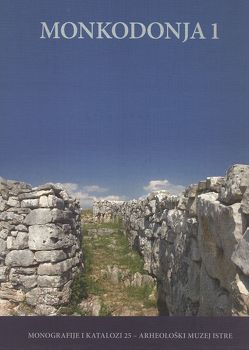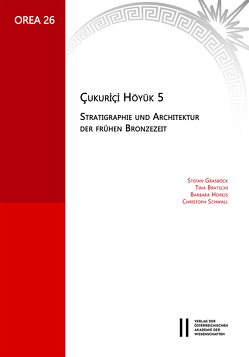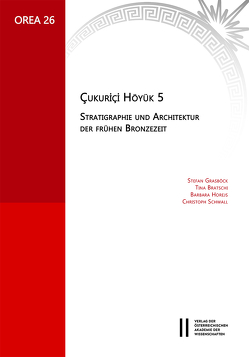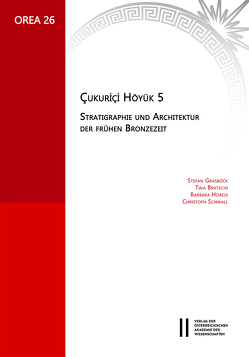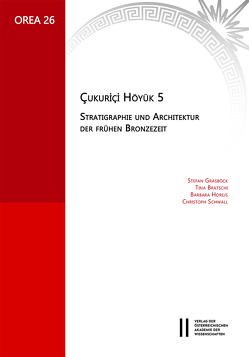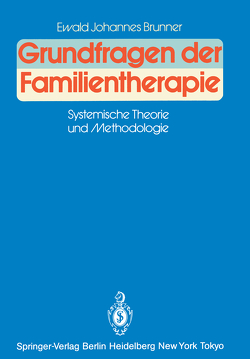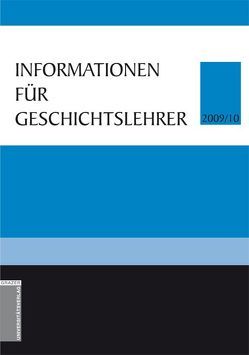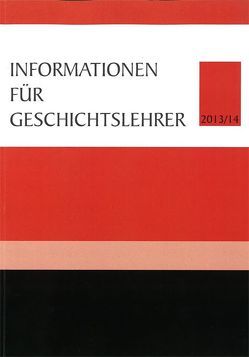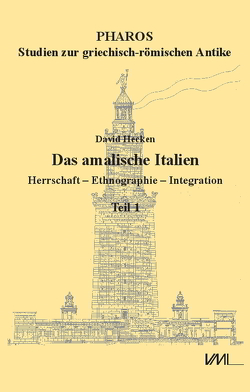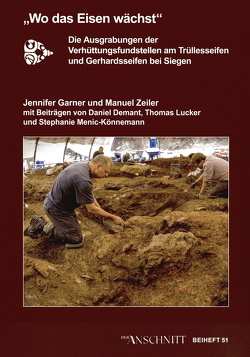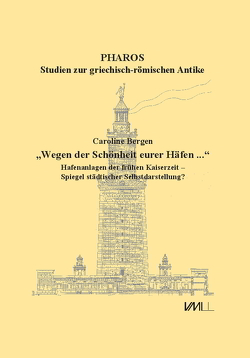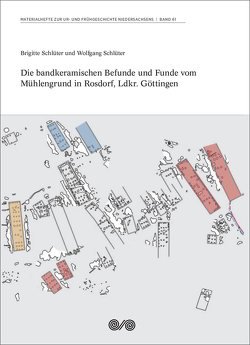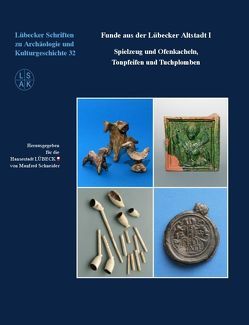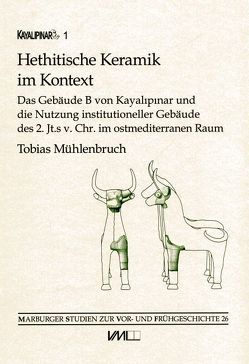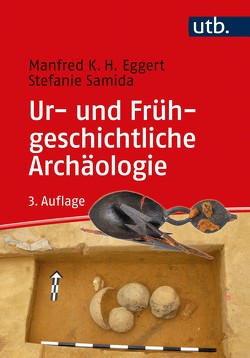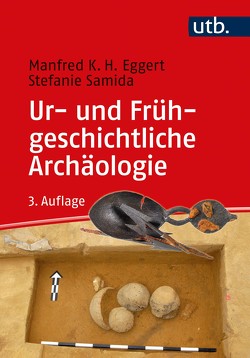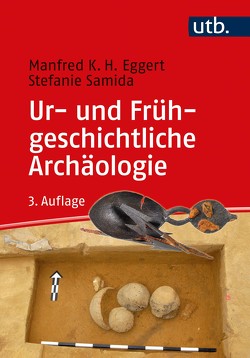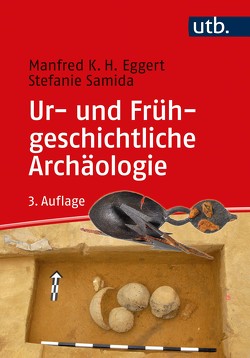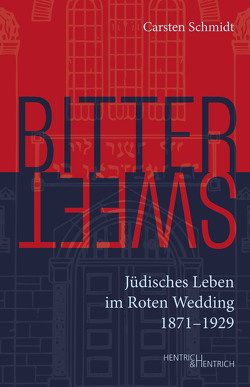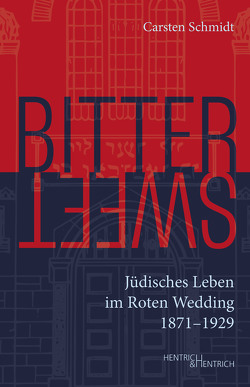Das Prähistorische Olynth
Ausgrabungen in der Toumba Agios Mamas 1994-1996. Die Grabung und der Baubefund
Ioannis Aslanis, Bernhard Hänsel, Barbara Horejs, Reinhard Jung, Maria Pappá, Angeliki Strati, Bernhard Weninger
Dies ist der dritte und zentrale von sechs Bänden zu der 1994-1996 zu ca. 1% ergrabenen Tellsiedlung. Die 18 Schichten aus dem oberen Teil des rund 200 x 100 x 20 m messenden und ehemals am Meer und am Fluß Olynthios gelegenen Tells reichen vom Übergang der Früh- zur Mittelbronzezeit [cal. B.C. 2060] bis in protogeometrische Zeit [Anf. 1. Jt. v.Chr.], die einzige unterbrechungsfreie Siedlungsabfolge solcher Dauer in Zentralmakedonien und Nordgriechenland. Aus allen Schichten stammen gut erhaltene Baubefunde mit vielen architektonischen Details zu Bauweise und Ausstattung, die alle dreidimensionale Rekonstruktionen erlauben. In älteren Schichten handelt es sich um aus Flechtwerkwänden oder Stampflehmwänden errichtete Holzbauten, in den oberen Schichten um Lehmziegelbauten mit oder ohne Steinfundament, jeweils mit fundarmen Innen- und fundreichen Außenbereichen. Mehrere Schichten gingen in Bränden unter. Über das Thema des Buches hinaus führen drei Aufsätze zu der absoluten Chronologie des prähistorischen Olynth [Hänsel, Horejs, Jung, Weninger], der Nekropole der frühen Bronzezeit [Pappá] und den byzantinischen Kirchengrundrissen [Strati].
This is the third and pivotal one of six volumes on the tell settlement excavated to some 1% in 1994-1996. The 18 layers of the upper part of the tell, which was ca. 200 x 100 x 30 m large and originally situated at the sea and on the river Olynthius, reach from the transition between the Early to Middle Bronze Age [cal. B.C. 2060] to the Protogeometric Phase [early 1st mill. B.C.]. This is the only hiatus-free settlement sequence of such long duration in Central Macedonia and Northern Greece. All layers contained well preserved building remains with many architectural details of construction technique and equipment, which allowed three-dimensional reconstructions. In the earlier layers there were timber buildings with walls in a wattle-work or pisé mud technique, in the upper strata houses consisted of mud-bricks with or without stone foundations. The house interiors were kept clean, the surroundings of buildings were rich in finds. Several layers perished in conflagrations. The volume ends with three papers on additional topics, the absolute chronology of prehistoric Olynthus [Hänsel, Horejs, Jung, Weninger], the necropolis of the Early Bronze Age [Pappá] and the Byzantine churches [Strati].
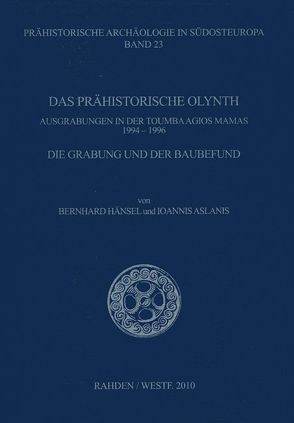
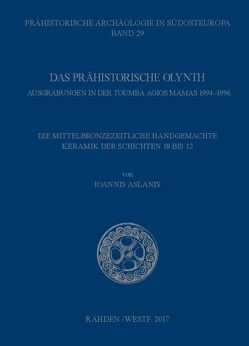

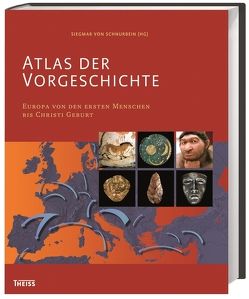
![Der Schwarzmeerraum vom Äneolithikum bis in die Früheisenzeit [5000-500 v.Chr.] von Apakidze, Joni, Govedarica, Blagoje, Hänsel, Bernhard Der Schwarzmeerraum vom Äneolithikum bis in die Früheisenzeit [5000-500 v.Chr.] von Apakidze, Joni, Govedarica, Blagoje, Hänsel, Bernhard](https://buch-findr.de/media/der-schwarzmeerraum-vom-aneolithikum-bis-in-die-fruheisenzeit-5000-500-v-chr_9783896465962_250.jpg)
